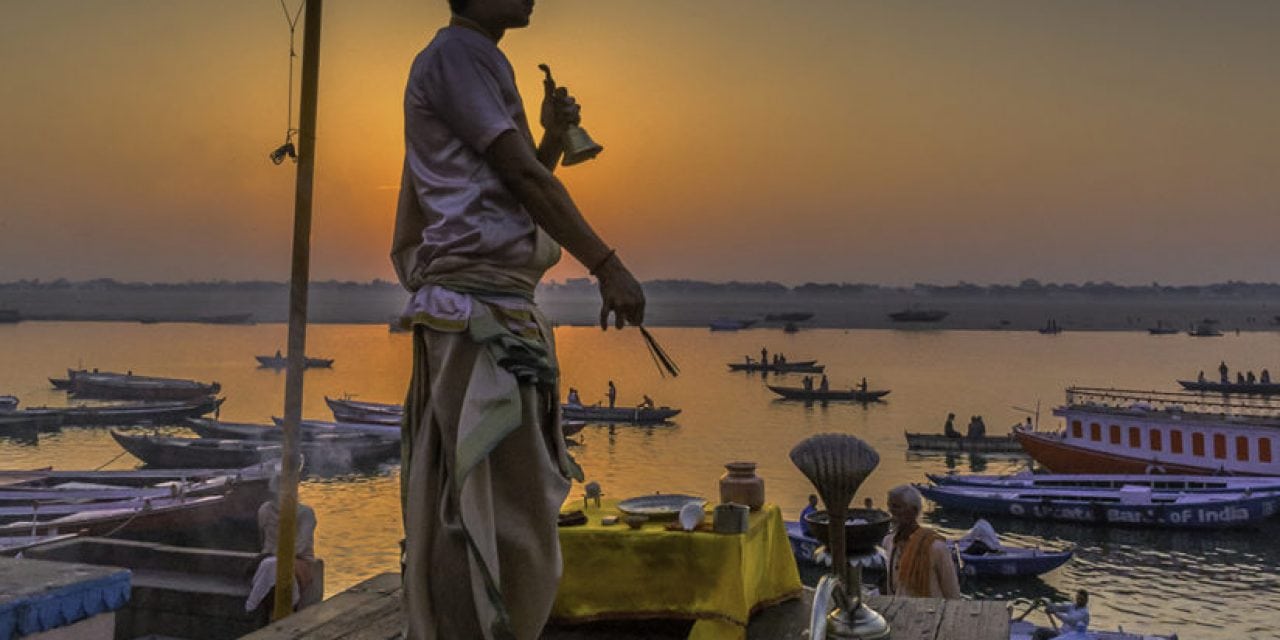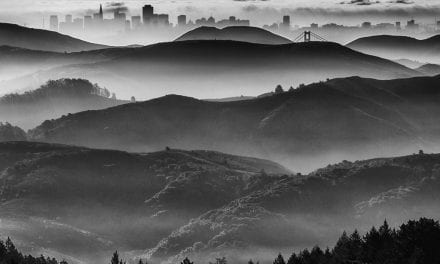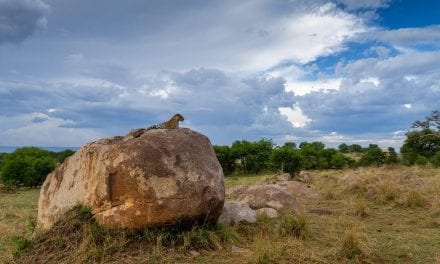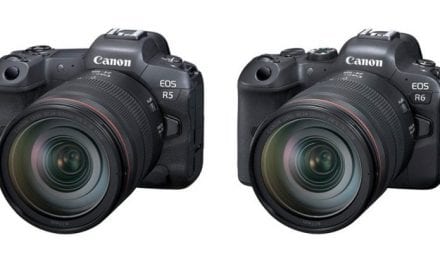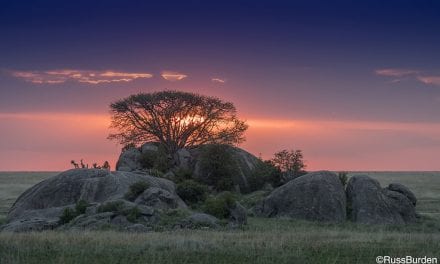Capturing and sharing photo-based travel stories about the places, people and cultures you touch in your travels can help deepen your own understanding of and empathy with those cultures, and pass that understanding on to others. Over the past several years, I’ve developed numerous such stories. This article invites you to consider using some of the key approaches that have helped me capture and share those photographic tales.
Better Travel Photos: Demonstrate Respect
Do your homework. Read up in advance on the places and people you’ll be visiting, including guidance on gestures or actions that are especially welcome or unwelcome in the local culture.
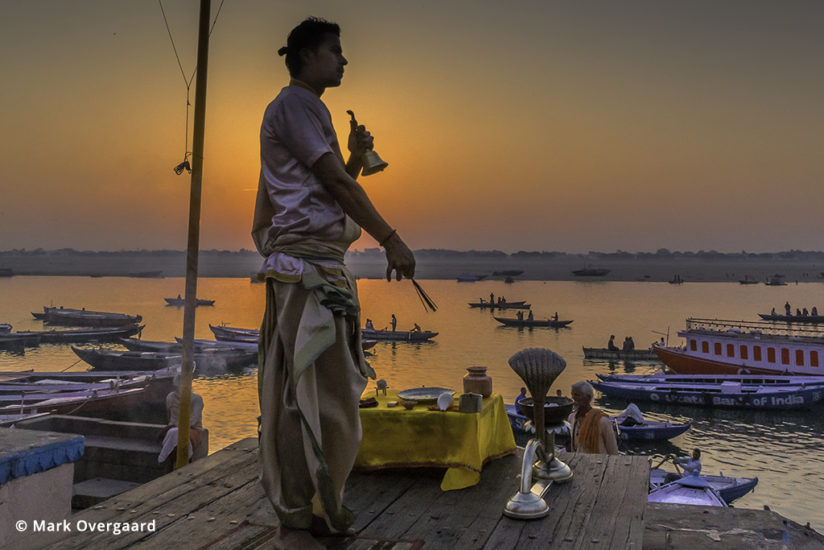
The Ganges River is sacred for Hindus, especially where it passes through holy cities like Varanasi. The reverence with which Hindus approach their “Mother Ganga” can yield beautiful images; be careful to respect that reverence. My image of a sadhu (holy man) was captured along the ghats (flights of stairs) that line the river. Other parts of these ghats are used for cremations, and photography is forbidden there.
Photographing from a boat toward the ghats in the early-morning light, you can capture reverent bathers reveling in the sacred waters. At the same time—even in the same frame—you can see people who are simply washing their clothes, bodies or hair as part of a normal daily routine.
When you’re capturing scenes of another culture, showing your respect for and commitment to understanding that culture will help you be accepted. This is especially important when your subjects use a language you don’t speak or understand. One of the simplest ways to demonstrate respect is to place yourself and the camera at the same level as a portrait subject, versus looking down (in the case of a seated subject or child, for instance).
Learning some key phrases in the local language is ideal, but pointing to your camera in a gestured request for permission to take a photo isn’t complicated and usually works. Sharing example images on your camera with your subjects will usually help build rapport.
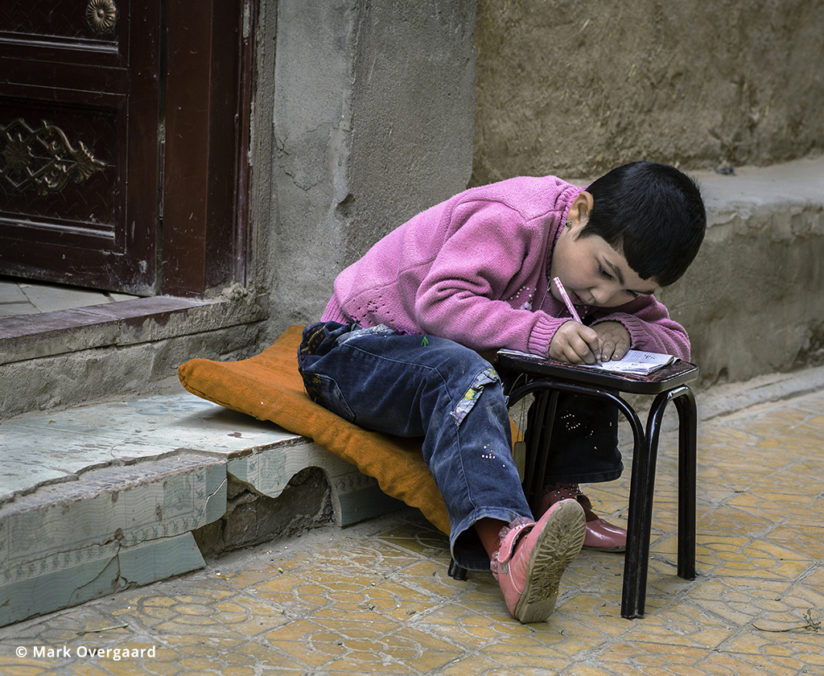
Sometimes, a reluctant subject is just shy and can be gently and respectfully cajoled. For instance, you can take a photo of a nearby pet or object and share it, and often that will break the ice. Parents and grandparents are usually eager to offer their children for photos. Sometimes the children are the most interesting photographically; at other times, the adults.
Seek Out Festivals And Celebrations
Consider scheduling your visits to overlap with potentially photogenic local festivals. Festivals often have many key ingredients for engaging imagery, including happy people who are pleased to share their joy with you, colorful and unique clothing or festival settings, and a celebratory mood overall, which can translate to lively images. Also be on the lookout for celebrations that you weren’t aware of in advance.
In some rural areas, such as the tribal areas of the state of Chhattisgarh in India, villagers (perhaps encouraged by a donation to the village from your local guide) may be willing to perform traditional rituals and dances specifically for your group. During a visit to one of these villages, we had several hours with multiple groups of dancers. Such arrangements can present rich possibilities for action and portrait photographs.
Some festivals get so popular that they are almost overwhelmed with other tourists, who can mar the authenticity of a scene. Consider the Paro Tsechu festival in Bhutan, typically held in March. While all the ingredients mentioned at the beginning of this section are present, there are also hundreds or thousands of tourists, and it can be difficult to capture a festival image without them. Meanwhile, similar tsechus and other festivals are held across Bhutan at other times of the year. During our two June weeks in Bhutan, we photographed three beautiful tsechu festivals in out-of-the-way towns and saw very few tourists. But we needed to invest in day-long drives on precarious mountain roads instead of driving an hour from the Paro airport to the tsechu festival there.
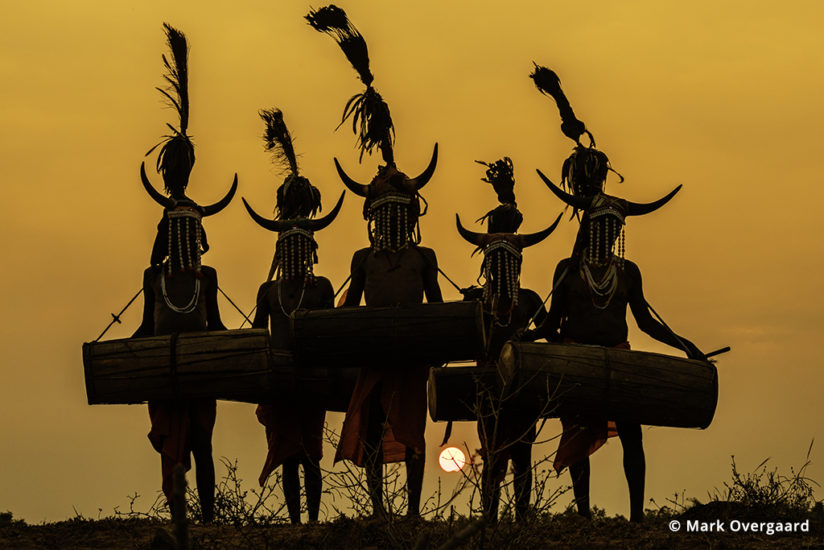
During a visit to Jaipur, India, we headed out for what we expected to be a routine late afternoon of street photography. We started following what seemed to be a wedding procession—always an exciting proposition in India—along the streets. We learned that this Ganguar festival included an event that casts girls and boys as brides and grooms and celebrates simulated weddings for them, complete with elaborate clothes and makeup. That “wedding procession” led us to a park area with dozens of “wedding parties” all begging to have their pictures taken!
One challenge with photographing such dynamic events is that you may need to shift on short notice between wide-angle and telephoto lenses. To maximize your flexibility, you can carry two bodies, each mounted with one of the two lens types, say a Canon EF 24-105mm F/4L IS USM lens on one body and a Canon EF 70-200mm F/4L IS USM on the other. I carry the two bodies on a harness so that I have instant access to either focal length range as necessary for the image opportunities I spot.
Zoom lenses give you critical framing and subject isolation flexibility. In the particular pair of lenses above, the longer reach of the 24-105mm lens, compared to a common 24-70mm alternative, gives you more telephoto range on your wide-angle camera, potentially saving you some camera/lens swaps.
Image stabilization can help you preserve the convenience of handheld shooting, even in low light and even for lighter and smaller lenses with relatively slower apertures like ƒ/4. With a slower lens, you may need to use higher ISO settings, but with modern cameras like the Canon EOS 5D Mark IV, such settings work well. While shooting in aperture priority to control your depth of field, you can set a minimum shutter speed for the expected subject activity level and have the camera automatically boost the ISO level to achieve that speed.
Look For Unusual Perspectives
The annual Holi festival in India is a riot of colored powder and paint that is brimming with photographic possibilities. Even in this subject-rich environment, you can up your game by finding an unusual perspective to capture the action.
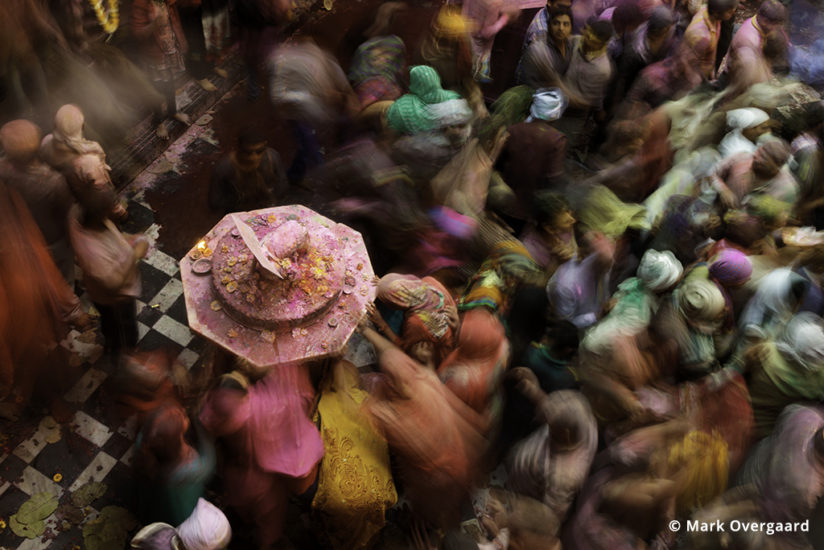
To gain the perspective of my image taken in the Vrindavan temple (above), we climbed to a balcony and shot down toward the temple floor. Tripods are out of the question in the hubbub of Holi, so we steadied our cameras against a balcony railing to keep the pedestal sharp, despite the one-second exposure. I sought to capture the worshipful (but frenetic) motion I saw below me.
Holi presents special challenges in protecting your camera equipment—and you. We enclosed our cameras entirely in low-cost clear plastic OP/TECH Rainsleeves. The sleeves were taped to the lens at the filter ring, where the front element was protected by an inexpensive UV filter. We operated the cameras entirely through the rain sleeves and discarded them at the end of each day.
If you plan to shoot Holi, take care of your body as well. I wore contractor safety glasses to protect my eyes from flying liquids and powders. I saw western visitors wearing snorkeling goggles. You may find such protections unnecessary. With the help of our local guide, I acquired a local Indian white outfit, wore it every day during the festival and left it behind, no longer white. Beware the risks of jostling crowds; consider leaving your cell phone and valuables in the hotel safe.
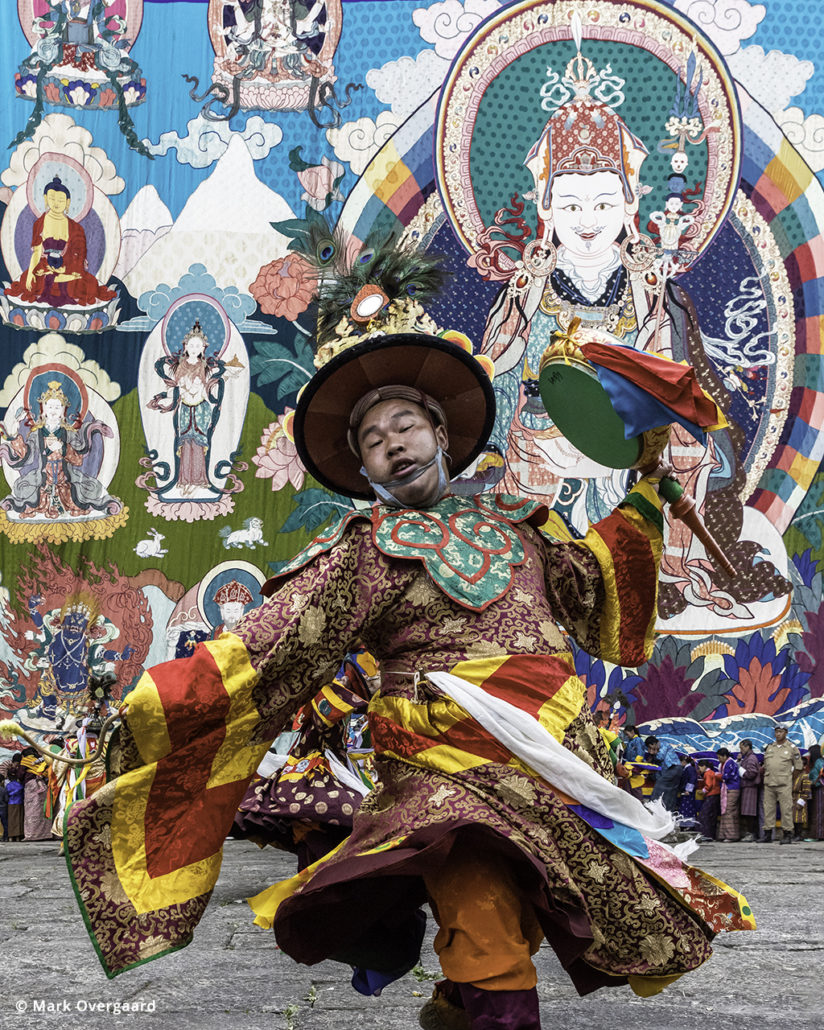
Plan Productive Wandering For Better Travel Photos
One way to take the pulse of a place and its people is to wander around. Look for places and times for your wandering that can maximize your photographic yield.
In a booming Chinese city, tall modern buildings and conventional urban street looks can dominate many scenes. Is there an “old town” section that may be more representative of traditional life in the area? Maybe there’ll be an opportunity to juxtapose old homes with new skyscrapers or busy construction sites? We found exactly those possibilities in Kashgar, China (population 4+ million).
If you stop at one of those touristy handicraft stores, is there an area out back where the handicrafts are produced? In northern Vietnam, we found such an area behind a massive pottery shop, with dusty workers and dozens of symmetric rows of shapely pots.
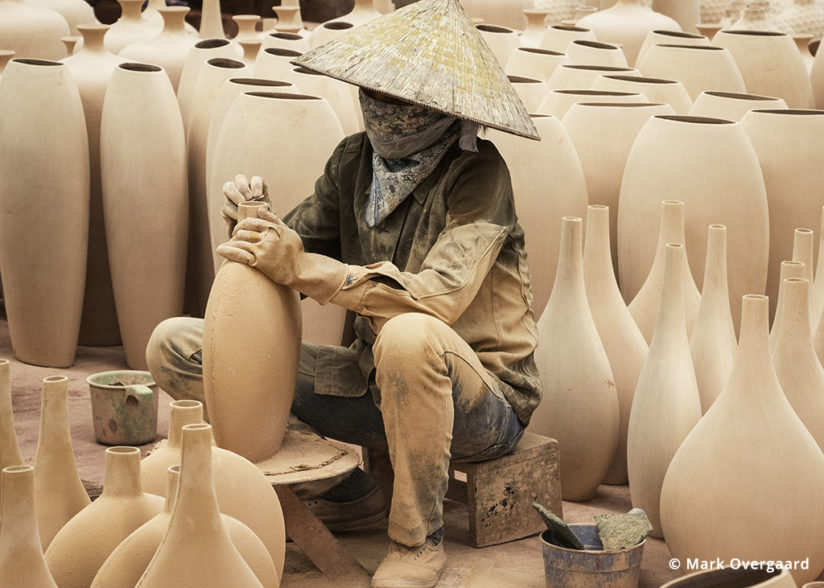
Rural villages are often most active in the morning and late in the day. Happily, that’s when the quality of light is typically best as well. As you wander, keep an eye out for inner courtyards with interesting activity; often, locals will graciously welcome you into them.
In Foreign Territory, Arrange A Local Guide
An English-speaking local guide can help you communicate with other locals much more effectively than you can on your own. That’s true even if you’ve mastered a limited set of guidebook phrases or have a smartphone translation app (though such phrases and apps can definitely be helpful). If you aim to understand the culture you’re visiting or the ceremony or festival dance that you’re photographing, a local guide can be invaluable. The quality and depth of the verbal and image stories that you tell will definitely benefit.
Remember the extended exposure scene from a Vrindavan temple during the Holi festival? We would likely have been hard-pressed to gain access to that balcony at all, at least on reasonable terms, without a local guide to negotiate on our behalf.
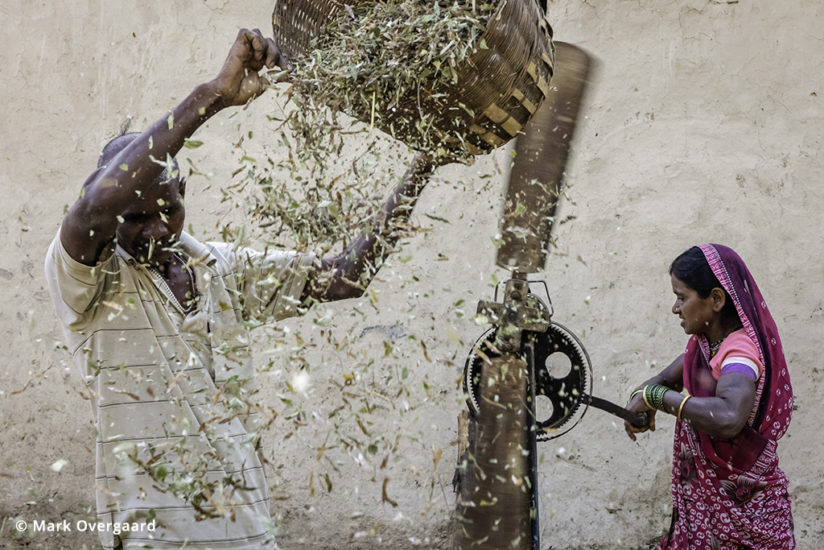
As we practiced productive wandering in Chhattisgarh, an India village, our local guide helped us to communicate with villagers. They welcomed us into a courtyard where one was cranking a fan to separate the desired crop from the undesired chaff.
If you find an especially photogenic setting, either by yourself or with the help of a local guide, another option is to wait for interesting characters to come into your scene on their own. On a trip to Yunnan province in China, we were based for several days in a small village. Most mornings, we did pre-breakfast walks, looking for ways to take advantage of the terrific early-morning light. One effective strategy was to find an attractive background scene with good lighting on a fairly active village street and wait for interesting villagers to come into the scene. Some declined my gestured requests for permission, but most accepted.
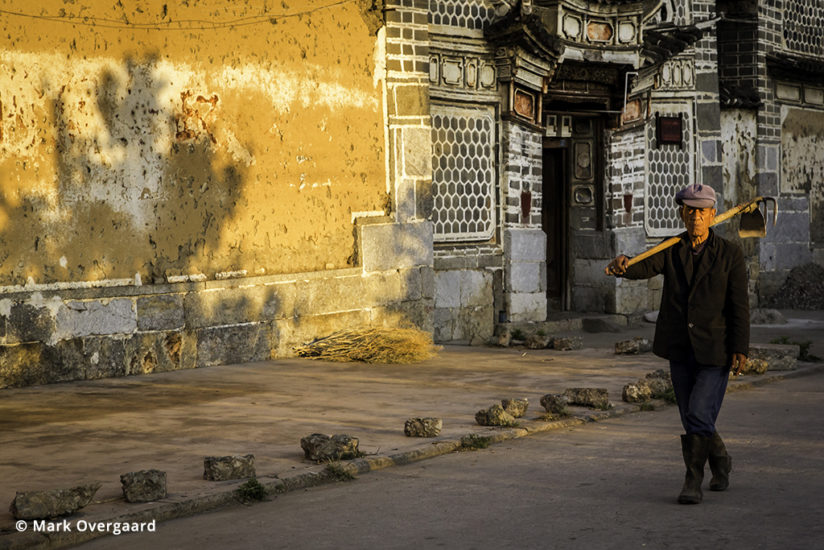
Managing Logistics: On Your Own Or With Help?
Some photographers choose to organize their own trips, presumably with the help of a local agency for international travel. Though most of my international photography has been done as a member of a photo-focused tour group, some has been done with other approaches. One trip to Vietnam, Cambodia, Laos and Thailand was organized around a scheduled group cruise on the Mekong River from Ho Chi Minh City, Vietnam (formerly Saigon), to Siem Reap, Cambodia (site of Angkor Wat). We added time with a local guide in northern Vietnam before the cruise and time on our own in Laos and Thailand after the cruise.
Joining a photo-focused tour group can yield real benefits. You can gain from the tour leader’s experience with high-yield photography sites at each locale, including how to take advantage of the best early and late-day light, as well as when and where to find the most photogenic activities. Many photo tour leaders will provide valuable critiques that can help you grow photographically. These critiques may be impromptu discussions at the back of your camera during a shooting session or organized group sessions at your hotel. These and other benefits typically more than offset the portion of the tour cost that helps the leader earn his or her living. Look for tours with a low ratio of clients to leaders.
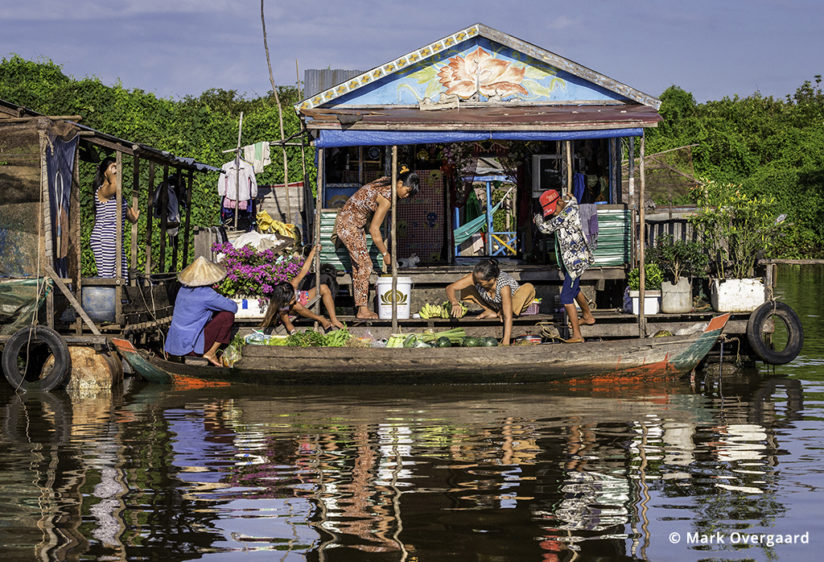
Share Your Most Compelling Stories
Social media posts are one way to share, of course, but I’ll focus here on approaches to sharing that are less ephemeral.
Consider creating a photography website that hosts your travel stories, perhaps with some words to augment your images. Various companies like SmugMug provide photo website creation and hosting services for a modest annual cost. You can choose among a wide range of themes that control how your site looks and how your images are organized and accessed. You will likely have the option of offering your images for sale on the site as well.
Many photography portfolio websites have little or no verbal commentary. I recommend that you consider complementing (and, I would argue, likely deepening and enriching) your image stories with verbal stories by also offering a supplementary blog, brief captions on your images or both.
Also, consider getting serious about creating well-crafted prints of your most compelling images and even mounting coherent public exhibits of well-curated groups of images. For some photographers, a photograph is not real or complete until it’s printed. Ansel Adams considered a photographic negative to be the score and the print to be the performance of an image. Don’t you want your images to be performed for an appreciative audience versus sitting silently on your hard drive or website?
If you’re not yet ready to do a solo exhibit in a gallery setting, there are many more accessible ways to arrange an exhibit of your travel story, including at local restaurants, other businesses or government buildings. The hard work of capturing, post-processing, curating, printing, framing and hanging an exhibit of your images can certainly be challenging. But the process and the results can also be hugely rewarding to you and a pleasure to share with your family and friends as well.
One exhibit I did recently was called “Connecting with Reverence.” All the images were from India, including several that are also used in this article. I sought to show some of the ways in which the residents of this vast land demonstrate reverence. I can’t share the physical exhibit with you, but here’s a link to the online gallery with the images and complementary stories: www.remarkableimagery.net/Exhibit-Connecting-w-Reverence/i-JZjbM3k.
Connecting with the world can be immensely rewarding, both personally and photographically. I hope that these recommendations help you broaden and deepen those rewards—during your travels and after your return home.
See more of Mark Overgaard’s work at remarkableimagery.net.
YOU MIGHT ALSO LIKE
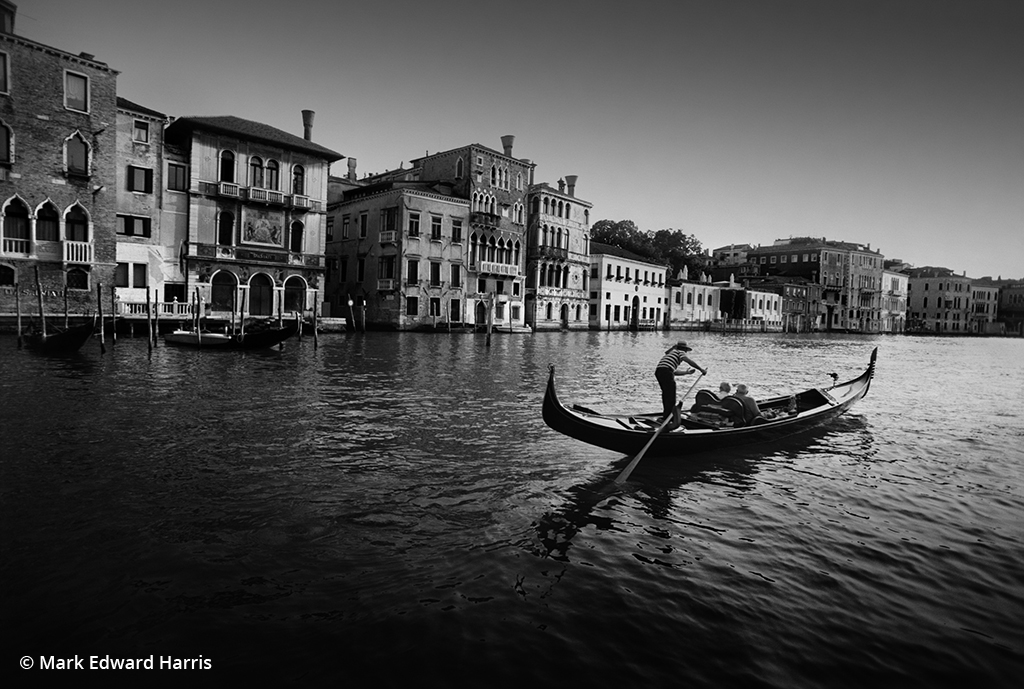
Eyes On The World
Travel photography tips for documenting places and cultures. Read now.
The post Focus On Culture appeared first on Outdoor Photographer.

